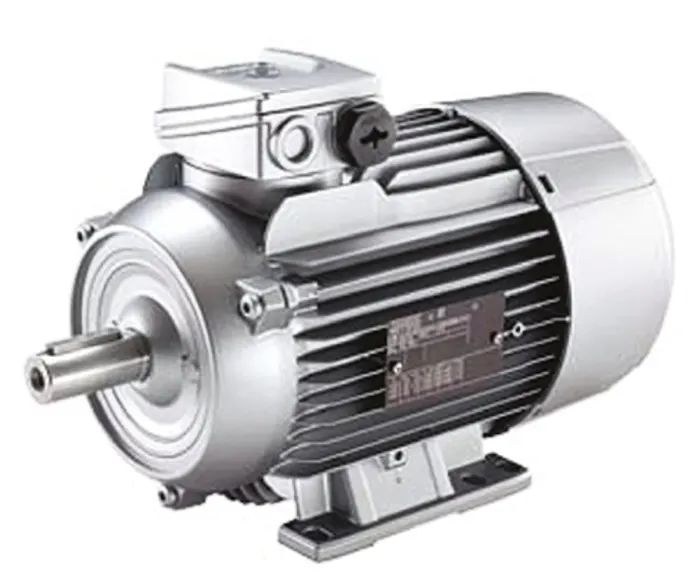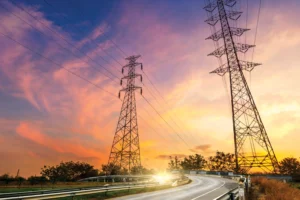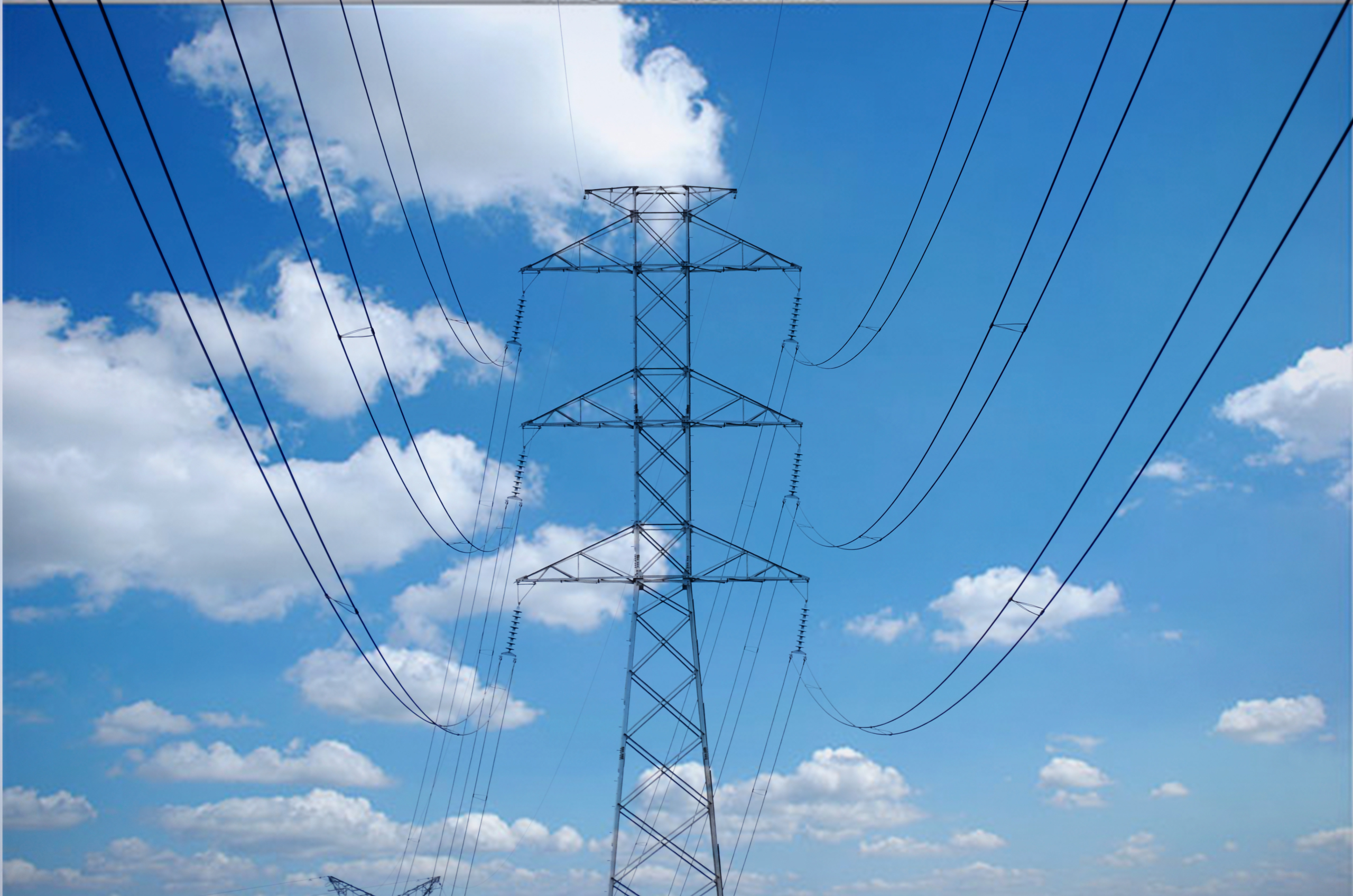Earthing System in Oil & Gas Installations
In oil and gas installations, earthing systems play a crucial role in ensuring safety and mitigating risks associated with electrical faults and preventing hazardous incidents such as fires, explosions, and equipment damage due to static electricity buildup or lightning strikes.
Some functional earthing installations commonly used in Oil & Gas industry are:- Equipotential Bonding
- This involves connecting all metallic structures...
Posted in Design on April 30th, 2024
Selection of Electric Motor Rating to Match Driven Equipment
Factors in Electrical Motor Selection
The rating of an electric motor should be higher than that of its driven equipment by a suitable margin. The selection of this margin is often made by the manufacturer of the driven equipment, unless advised otherwise. The actual choice depends on various factors such as- Function of the driven equipment - pump, compressor,...
Posted in Design on April 29th, 2024
Electric Motors Derating factors
Like any other power system equipment, motors need to be derated to suit a high ambient temperature. Equipment that are usually manufactured in America, UK and Europe are based on a maximum design temperature of 40◦C. For higher ambient temperatures, e.g. 50◦C as found in the Middle East, Asia and Australia, the continuous duty output power and supply...
Transients In Low Voltage Electrical Systems
This paper provides a comprehensive review on the types of transients that may affect low voltage electrical systems and discusses various characteristics of lightning, switching, nuclear and intentional microwave impulses giving special attention to their impact on equipment and systems.
This paper presents the available information on the characteristics of electromagnetic transients that may affect systems that conduct electrical...
Power System Overvoltages and Insulation Coordination – Part 2
This is Part 2 of this series, the first part could be found here.






